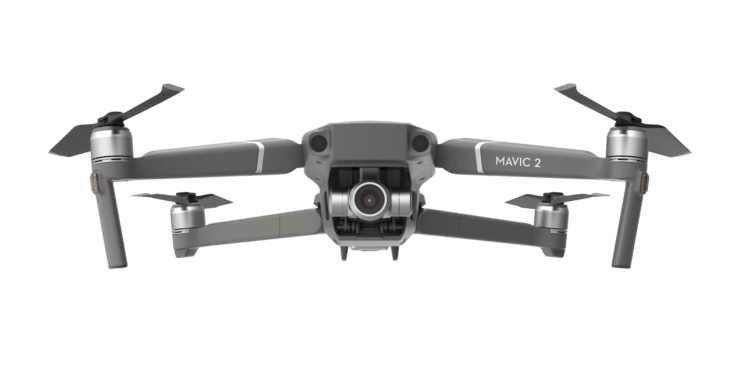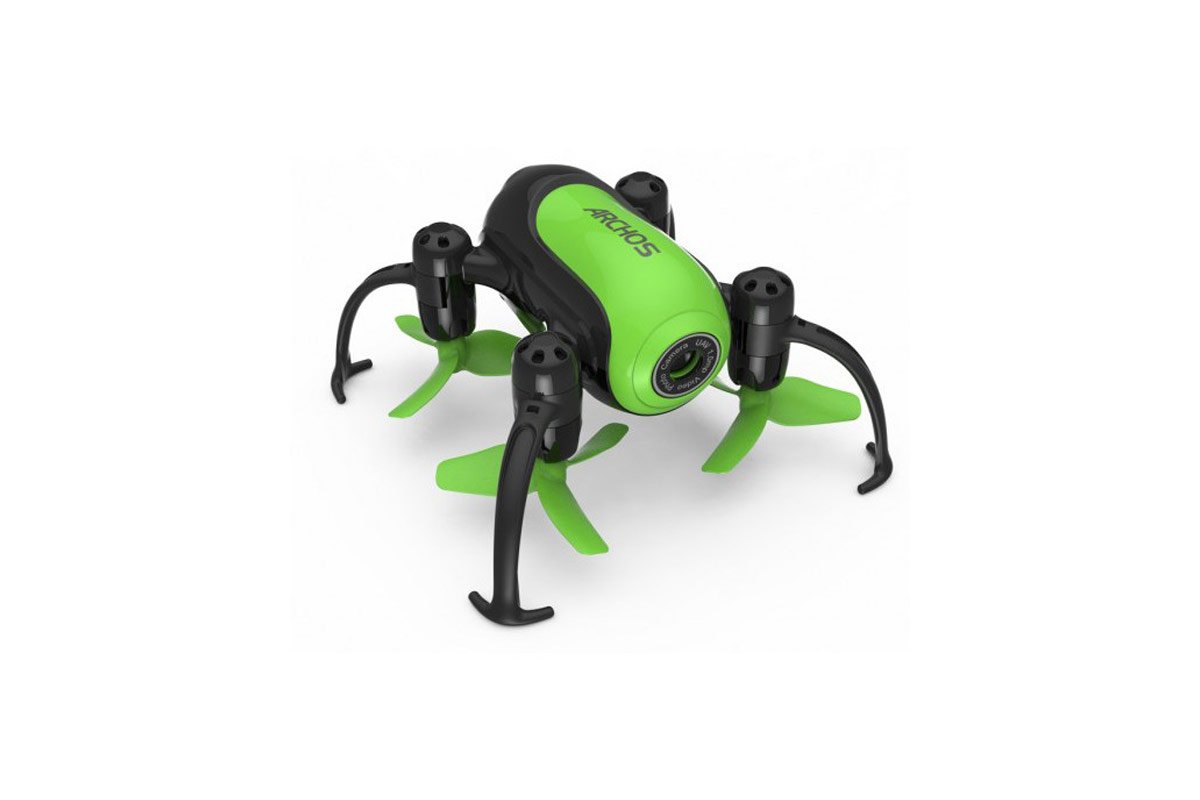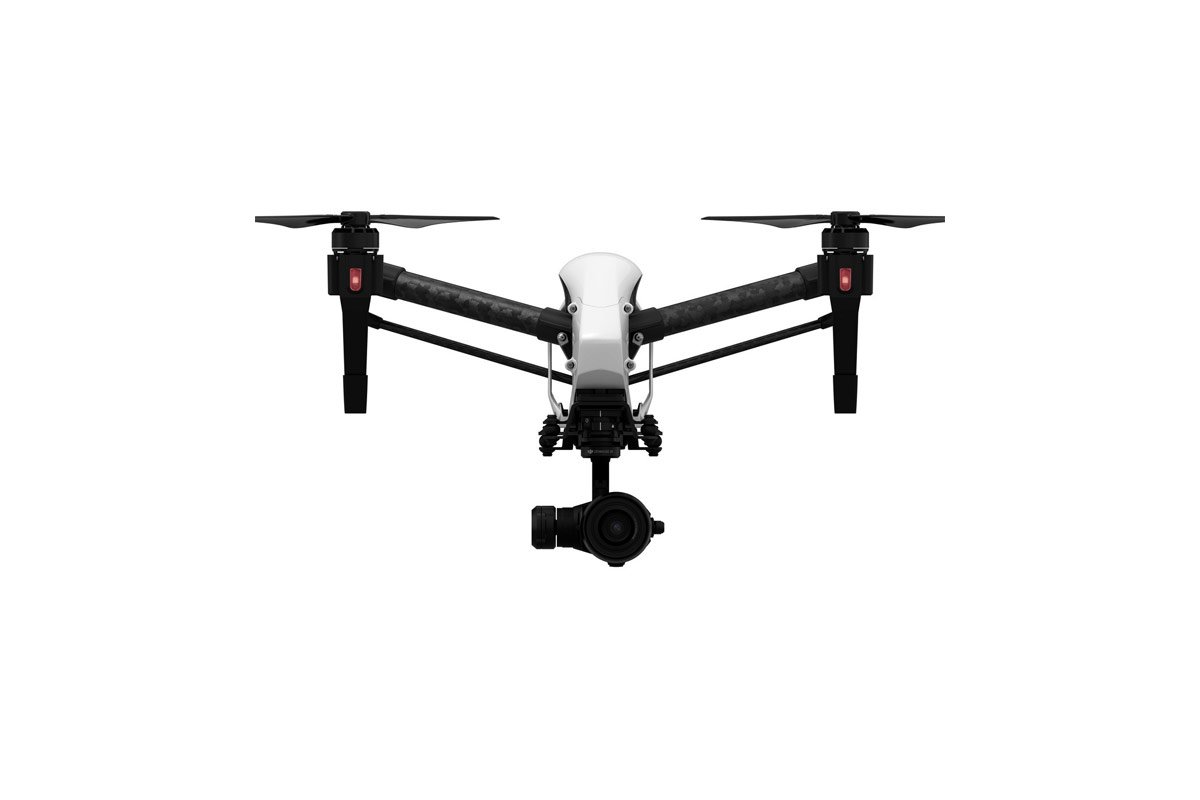Description


Introduction
In 2018, DJI, one of the world’s leading manufacturers of civilian drones, launched the first DJI Mavic 2 Zoom quadcopter with professional-grade optical zoom. The device has been improved on almost all fronts and is simply amazing with its new features. The main distinguishing features of the latest modification are a high-performance zoom lens, two-time optical zoom, four-time lossless zoom for FHD video, a 1/2.3″ CMOS matrix, ultra-high-resolution 12MP for taking photos, and the presence of additional modes.


Design & Features
The drone body is strong enough to withstand external mechanical vibrations. An advanced engine system helps reduce noise. Power supplied from the battery, the power of which is sufficient for continuous shooting for 31 minutes. The case has a USB interface and a slot for connecting a memory card. To control the flight and track the status of the copter, as well as adjust the shooting characteristics. The remote control provided. In addition, it is possible to synchronize with DJI Goggles VR glasses. The quadrocopter has a very compact size, which makes it easy to take it on a trip, expedition, or climbing a mountain. The drone has a streamlined shape, which works even with strong gusts of wind. It also has a 3-axis gimbal that allows you to get still images.
DJI Mavic 2 Zoom features Advanced Autopilot Mode (APAS), which allows it to shoot more confidently even under challenging conditions. APAS technology allows the drone to form a route during which it will automatically avoid obstacles. In addition, a new Dolly Zoom mode has been added, which will enable you to automatically change the focal length of the lens directly during a flight to obtain expandable space at the output of the video effect. The updated second-generation mode of Active Track 2.0 helps the device to recognize and track objects more accurately, ‘smarter’ and faster. Now the UAV uses three-dimensional maps of the surrounding space, which come from the primary camera and the front sensors.


Functionality
The DJI Mavic 2 Zoom has a robust platform with a new stabilized camera and advanced shooting features such as Hyperlapse and ActiveTrack for more accessible and more dynamic shooting. Impressive flight times of up to 31 minutes and a more advanced Mavic 2 video transmission system allow you to get great shots with unrivaled convenience and stability. DJI engineers were able to achieve a combination of such parameters as the highest flight speed, high reliability, and excellent aerodynamics. One of the main factors was the revision of the design, which allowed to increase the aerodynamics of the Mavic 2 Zoom by 19%.


Camera & Image Quality
Fourfold zoom provides frames of various sizes without compromising image quality. Additionally, the digital zoom is supported. However, a 1/2.3 ″ format CMOS sensor is enough to create cinematic frames. The quadcopter supports focus, ISO, shutter speed, white balance. Hybrid autofocus provides accurate and fast phase and contrast detection, exceeding the focusing speed of the camera. HDR technology allows you to get high-quality frames even when working in conditions of uneven and low light. There is also a function of combining several pictures with different exposures to obtain an average result.
First quadrocopter Hasselblad with an integrated camera for obtaining images of excellent quality and color. CMOS matrix of size 1 ‘has a 10bit Dlog-M color profile. This camera is capable of capturing 4 times more color gradations per channel, providing maximum processing flexibility and the amount of data received. The Mavic 2 Pro allows you to capture 20-megapixel photos with true-to-life colors using Hasselblad’s unique Hasselblad Natural Color Solution (HNCS) technology, while also letting you alter the aperture in the f/2.8-f/11 span to work under different conditions.
With 4K 10 support -bit HDR Mavic 2 can connect to a 4K TV with HLG keep for viewing material with realistic color display. The Mavic 2 Zoom is the first consumer DJI drone with an optical zoom camera to change the focal length for more creative shots dynamically. With the Mavic 2 Zoom, you can show the subject closer by combining optical and digital zoom to achieve the equivalent of 96mm by shooting lossless video in resolutions up to 1080p. Photographing is convey out with a resolution of 12mpix or in the new ‘super-resolution’ mode, which uses optical zoom to automatically shoot 48mp images warrior the copter, which is ideal for landscape photography.


Flight Controller
The remote control has an ergonomic and compact design, so it is easy and convenient to transport if necessary. In addition, it has removable joysticks. You can use any new smartphone models together with the remote control. The new OcuSync 2.0 video transmission system guarantees stable communication between the drone and the controller, having increased noise immunity and the auto-switching function between the frequencies of 2.4 and 5.8 GHz. The Mavic 2 Zoom copter, using different channels, transmits data with higher speed and stability. In various situations, the quadrocopter is capable of transferring 1080p video at a distance of up to 8km.


Sensors
For accurate recognition of obstacles and safe flight, the manufacturer has provided an updated FlightAutonomy system. Now the quadrocopter can detect obstacles in several directions. Front sensors can accurately determine the distance to obstacles in a range up to 20 meters, and to recognize object itself at a distance of up to 40 meters to the barrier. In addition, the UAV will be able to stop in time if its speed does not exceed 50.4km/h. The lower sensors can accurately determine the distance to a given object in the range up to 11 meters, while this recognition occurs within 11-22 meters. Sensors to the right and left of the DJI Mavic 2 Zoom enclosure provide a single viewing system. Elements recognize obstacles at speed, not exceeding 28.8km/h.
Sensors in the back of the case, like everyone else, provide a dual viewing system and can with extreme accuracy determine the distance to the object in the range up to 16 meters, and recognize the purpose within 16-32 meters. Elements allow you to detect obstacles and stop the quadcopter in time at a flight speed of no higher than 3.2 km/h. In the upper part of the body, is a set of infrared sensors that accurately measure the distance to the obstacle in range of 8 meters: QuickShot – the ability to create a video clip in one tap. The drone takes professional shots, and then automatically cuts a 10-second clip, which you can quickly share. QuickShots will help the pilot take great shots with a cinematic composition in one tap.


Battery
The drone uses an intelligent Li-Po battery with a voltage of 15.4 V and a capacity of 3850mAh. It will enable the device in the air for up to 31 minutes in calm conditions at a speed of 25km/h.


Motors
Quadrocopter has a more robust economic power plant. At the same time, the manufacturer took care of the noise level in this modification. Operation noise has now become much lower.









Reviews
There are no reviews yet.